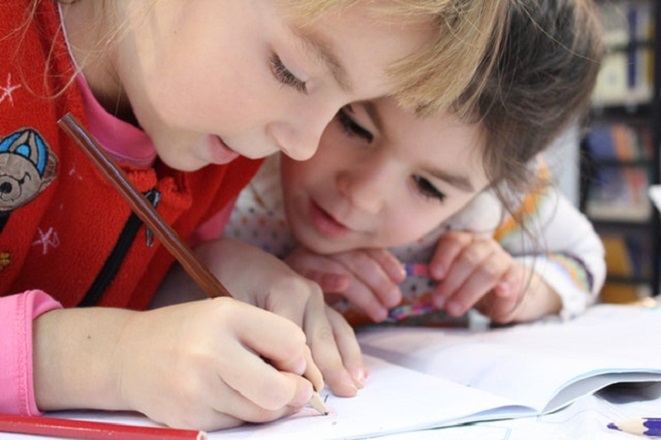When you think back to how you learned to read, you probably don’t remember what it was that connected your brain to the words printed on paper and made you recognize that each word represented the real objects and concepts in the world around you. That’s because learning to read is a progressive step in the learning of language that began when you were a baby and started to mimic what you heard people saying. Suddenly you knew that when someone said your name it meant you, and that mama was that person who was saying it.
By the age of two, most children know 2,000 words and can combine them in simple ways. By three, they might be pointing out pictures in their storybooks and re-telling the stories that have been read to them. And as their skills grow, they begin recognizing some actual printed words and learn how to write their own names.
But children can’t learn to read on their own.
You may have heard a lot about the way schools are teaching reading, but aren’t clear about the terminology, so here are the basics:
What Are Language Arts?
In most places, reading isn’t taught by itself any more. It’s part of an integrated system of learning called language arts in which subjects through a whole school session are connected with a theme. For example, younger children may draw pictures of bunnies, sing a song about bunnies, be read a story about bunnies, and write the word bunny. All the activities support each other in building comprehension and acclimating children to the notion that words on paper mean things and express thoughts. For older children, sessions would also include doing their own writing about what they’ve been studying.
What Is Leveled Reading?
Even in the same classroom, there are children who are more and less adept at reading. What are called leveled books are designed for children at every stage of reading comprehension. As they master one level, they’re given books on the same subjects that have more words and which present topics in more complex ways.
Books for children just learning to read will have content about a subject familiar to them, with one simple sentence per page plus a picture that helps give meaning to the words. As they advance, books will have more complicated plots or thoughts, words with more syllables, and more lines to a page.
What’s more, the old Dick And Jane style of books with simple repetitive text meant only to teach vocabulary with a “look-say” approach has been replaced by books that have real world writing like excerpts from published fiction and non-fiction books, poetry, and other material.
What Is Phonics Instruction?
Phonics is the connection between the sounds in spoken language and the way they’re represented by letters and combinations of letters in written language. Most experts today agree that studying phonics is the most effective way to make sure that children learn how to sound words out so they know what they are. This ability to “decode” written words is key to learning how to read words they’ve never seen before. Knowledge of phonics also helps in learning how to spell.
Phonics can be taught in several ways:
- Analogy phonics: This approach introduces children to new words by analogy to words they already know. An example would be showing how wish is related to fish because they share the “ish” sound, and later showing how ticklish starts with the same “ick” sound as brick and ends with the same “ish” sound as wish.
- Analytic phonics: This teaches children to analyze letter and sound relationships.
- Embedded phonics: In this method, phonics instruction is embedded in reading material, and is a more intuitive approach.
- Synthetic phonics: This teaches children how to convert words into sounds and then combine the sounds into words.
One of the most important tools in teaching reading, though, is for parents to start reading books to children at a very early age and exposing them to the worlds that can be found between two covers. Beyond the simple pleasure of it, reading to children increases their vocabulary and boosts their brain activity in areas critical to language acquisition and imagination.














+ There are no comments
Add yours